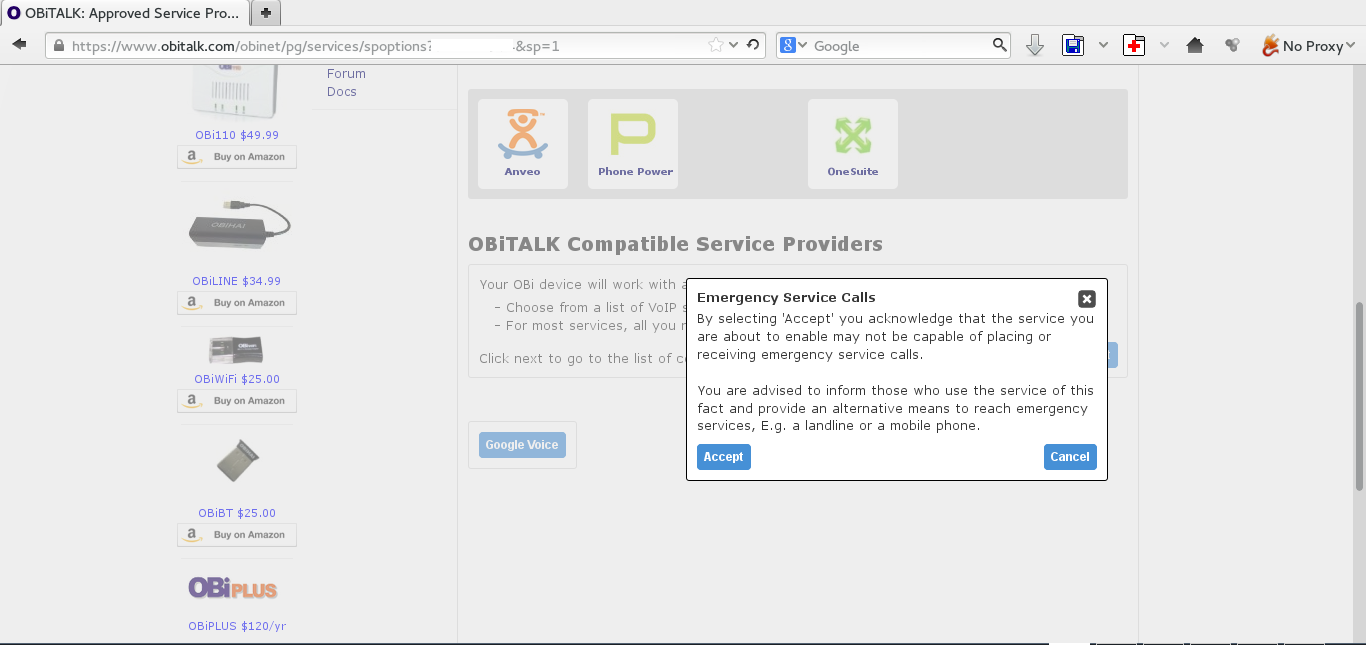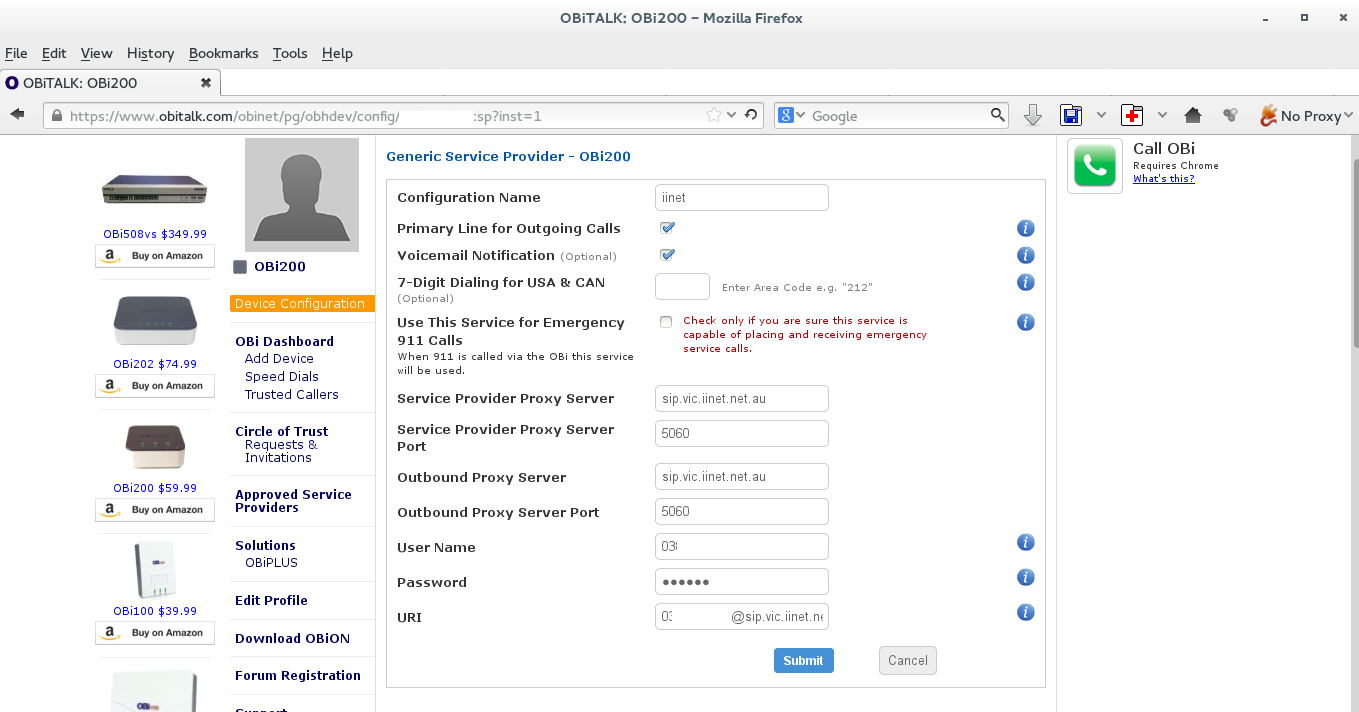I'm doing a lot of NEB (nudged elastic band) calculations using nwchem at the moment, and while getting 'neb convergence' is simple enough, I often get an error along the lines of
3965547 @neb NEB calculation converged
3965548 @neb However NEB Gmax not converged...Try increasing the number of beads.
While that sounds simple enough it's nicer if you don't have to go back to the beginning and e.g. run a more fine-grained PES job to generate a reasonable trajectory (straight linear interpolation often doesn't work), then keep on running neb iterations. One way to cut down on time (presumably) is to simply pad the neb path xyz with intermediate structures, and that is what this python (2.7) script does.
Oh, and I really wish blogspot would support code inclusion better...
How to use:
python nebinterpolate.py -i neb_A_F.neb_final.xyz -o test.xyz
Example:
Say we have the structure of methanol, and methanol in which the oxygen-carbon distance is 3.0 Ångström:
Here's the corresponding xyz file, which we'll call
first.xyz:
6
C 0.03517 0.00549 0.03517
H -0.61778 -0.63407 0.66798
H 0.66798 -0.63407 -0.61778
H -0.60514 0.64647 -0.60514
O 0.83960 0.81877 0.83960
H 1.38912 0.20156 1.38912
6
C 0.03517 0.00549 0.03517
H -0.61778 -0.63407 0.66798
H 0.66798 -0.63407 -0.61778
H -0.60514 0.64647 -0.60514
O 1.76087 1.75017 1.76087
H 2.31039 1.13296 2.31039
Run
nebinterpolate -i first.xyz -o second.xyz and you'll get a new xyz file with three structures -- the first one plus an intermediate structure:
Here's the new file,
second.xyz:
6
C 0.03517 0.00549 0.03517
H -0.61778 -0.63407 0.66798
H 0.66798 -0.63407 -0.61778
H -0.60514 0.64647 -0.60514
O 0.83960 0.81877 0.83960
H 1.38912 0.20156 1.38912
6
structure 2
C 0.03517 0.00549 0.03517
H -0.61778 -0.63407 0.66798
H 0.66798 -0.63407 -0.61778
H -0.60514 0.64647 -0.60514
O 1.30024 1.28447 1.30024
H 1.84976 0.66726 1.84976
6
C 0.03517 0.00549 0.03517
H -0.61778 -0.63407 0.66798
H 0.66798 -0.63407 -0.61778
H -0.60514 0.64647 -0.60514
O 1.76087 1.75017 1.76087
H 2.31039 1.13296 2.31039
Run it again,
nebinterpolate -i second.xyz -o third.xyz, and you'll get:
Here's the new file,
third.xyz:
6
C 0.03517 0.00549 0.03517
H -0.61778 -0.63407 0.66798
H 0.66798 -0.63407 -0.61778
H -0.60514 0.64647 -0.60514
O 0.83960 0.81877 0.83960
H 1.38912 0.20156 1.38912
6
structure 2
C 0.03517 0.00549 0.03517
H -0.61778 -0.63407 0.66798
H 0.66798 -0.63407 -0.61778
H -0.60514 0.64647 -0.60514
O 1.06992 1.05162 1.06992
H 1.61944 0.43441 1.61944
6
structure 2
C 0.03517 0.00549 0.03517
H -0.61778 -0.63407 0.66798
H 0.66798 -0.63407 -0.61778
H -0.60514 0.64647 -0.60514
O 1.30024 1.28447 1.30024
H 1.84976 0.66726 1.84976
6
structure 4
C 0.03517 0.00549 0.03517
H -0.61778 -0.63407 0.66798
H 0.66798 -0.63407 -0.61778
H -0.60514 0.64647 -0.60514
O 1.53056 1.51732 1.53056
H 2.08007 0.90011 2.08007
6
C 0.03517 0.00549 0.03517
H -0.61778 -0.63407 0.66798
H 0.66798 -0.63407 -0.61778
H -0.60514 0.64647 -0.60514
O 1.76087 1.75017 1.76087
H 2.31039 1.13296 2.31039
Now, the real use for this is when you've been optimising a string of structures using NEB and want to increase the number of images because you're not getting gmax convergence, or if you want to do a quick and rough optimisation and then get a prettier looking set of coordinates.
You can load the multi-xyz file in nwchem by using
NEB
...
XYZ_PATH path.xyz
END
nebinterpolate.py
#!/usr/bin/python
import sys
def getvars(arguments):
switches={}
version='0.1'
try:
if "-i" in arguments:
switches['in_one']=arguments[arguments.index('-i')+1]
print 'Input: %s '% (switches['in_one'])
else:
arguments="--help";
except:
arguments="--help";
try:
if "-o" in arguments:
switches['o']=arguments[arguments.index('-o')+1].lower()
print 'Output: %s'% switches['o']
else:
arguments="--help";
except:
arguments="--help";
try:
if "-w" in arguments:
switches['w']=float(arguments[arguments.index('-w')+1])
print 'Weighting: %i'% switches['w']
else:
print 'Assuming no weighting'
switches['w']=1.0;
except:
switches['w']=1.0;
doexit=0
try:
if ("-h" in arguments) or ("--help" in arguments):
print '\t\t bytes2words version %s' % version
print 'Creates interpolated structures'
print 'from an multixyz file'
print '--input \t-i\t multi-xyz file to morph'
print '--output\t-o\t output file'
print '--weight\t-w\t weight first structure vs second one (1=average; 0=start; 2=end)'
print 'Exiting'
doexit=1
except:
a=0 # do nothing
if doexit==1:
sys.exit(0)
return switches
def getcmpds(switches):
cmpds={}
g=open(switches['in_one'],'r')
n=0
xyz=[]
atoms=[]
structure_id=1
for line in g:
try:
if len(xyz)==cmpds['atoms_'+str(structure_id)]:
cmpds['coords_'+str(structure_id)]=xyz
cmpds['elements_'+str(structure_id)]=atoms
structure_id+=2
n=0
atoms=[]
xyz=[]
except:
pass
n+=1
line=line.rstrip('\n')
if n==1:
cmpds['atoms_'+str(structure_id)]=int(line)
elif n==2:
cmpds['title_'+str(structure_id)]=line
else:
line=line.split(' ')
line=filter(None,line)
xyz+=[[float(line[1]),float(line[2]),float(line[3])]]
atoms+=[line[0].capitalize()]
g.close
cmpds['coords_'+str(structure_id)]=xyz
cmpds['elements_'+str(structure_id)]=atoms
cmpds['w']=switches['w']
cmpds['structures']=(structure_id)
return cmpds
def morph(cmpds,structure_id):
coords_one=cmpds['coords_'+str(structure_id)]
coords_two=cmpds['coords_'+str(structure_id+2)]
coords_morph=[]
coords_diff=[]
for n in range(0,cmpds['atoms_'+str(structure_id)]):
morph_x=coords_one[n][0]+cmpds['w']*(coords_two[n][0]-coords_one[n][0])/2.0
morph_y=coords_one[n][1]+cmpds['w']*(coords_two[n][1]-coords_one[n][1])/2.0
morph_z=coords_one[n][2]+cmpds['w']*(coords_two[n][2]-coords_one[n][2])/2.0
diff_x=coords_two[n][0]-coords_one[n][0]
diff_y=coords_two[n][1]-coords_one[n][1]
diff_z=coords_two[n][2]-coords_one[n][2]
coords_morph+=[[morph_x,morph_y,morph_z]]
coords_diff+=[[diff_x,diff_y,diff_z]]
cmpds['atoms_'+str(structure_id+1)]=cmpds['atoms_'+str(structure_id)]
cmpds['elements_'+str(structure_id+1)]=cmpds['elements_'+str(structure_id)]
cmpds['title_'+str(structure_id+1)]='structure '+str(structure_id+1)
cmpds['coords_'+str(structure_id+1)]=coords_morph
return cmpds
def genxyzstring(coords,element):
x_str='%10.5f'% coords[0]
y_str='%10.5f'% coords[1]
z_str='%10.5f'% coords[2]
xyz_string=element+(3-len(element))*' '+10*' '+\
(8-len(x_str))*' '+x_str+10*' '+(8-len(y_str))*' '+y_str+10*' '+(8-len(z_str))*' '+z_str+'\n'
return xyz_string
def writemorph(cmpds,outfile):
g=open(outfile,'w')
for m in range(1,cmpds['structures']+1):
g.write(str(cmpds['atoms_'+str(m)])+'\n')
g.write(str(cmpds['title_'+str(m)])+'\n')
for n in range(0,cmpds['atoms_'+str(m)]):
coords=cmpds['coords_'+str(m)][n]
g.write(genxyzstring(coords, cmpds['elements_'+str(m)][n]))
g.close
return 0
if __name__=="__main__":
arguments=sys.argv[1:len(sys.argv)]
switches=getvars(arguments)
cmpds=getcmpds(switches)
#check that the structures are compatible
for n in range(1,cmpds['structures'],2):
if cmpds['atoms_'+str(n)]!=cmpds['atoms_'+str(n+2)]:
print 'The number of atoms differ. Exiting'
sys.exit(1)
elif cmpds['elements_'+str(n)]!=cmpds['elements_'+str(n+2)]:
print 'The types of atoms differ. Exiting'
sys.exit(1)
cmpds=morph(cmpds,n)
success=writemorph(cmpds,switches['o'])
if success==0:
print 'Conversion seems successful'




































































